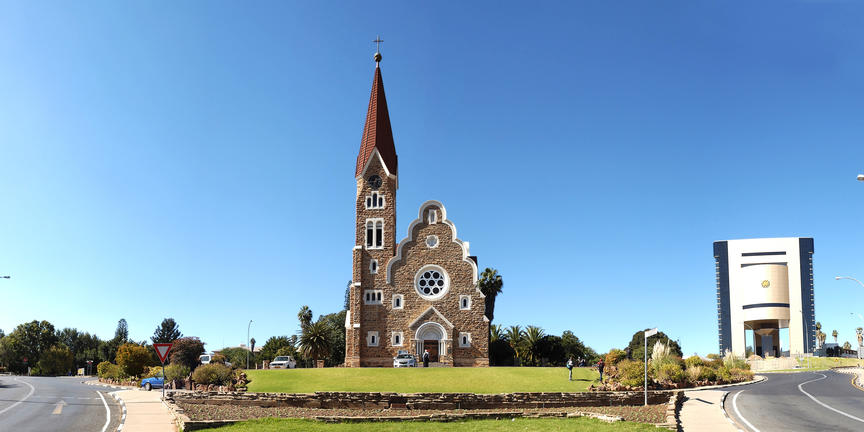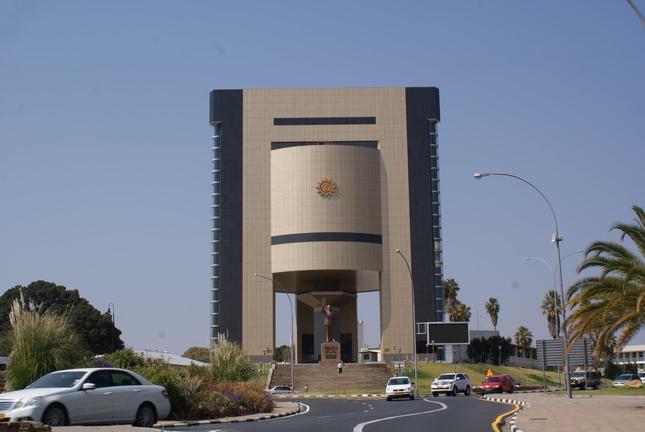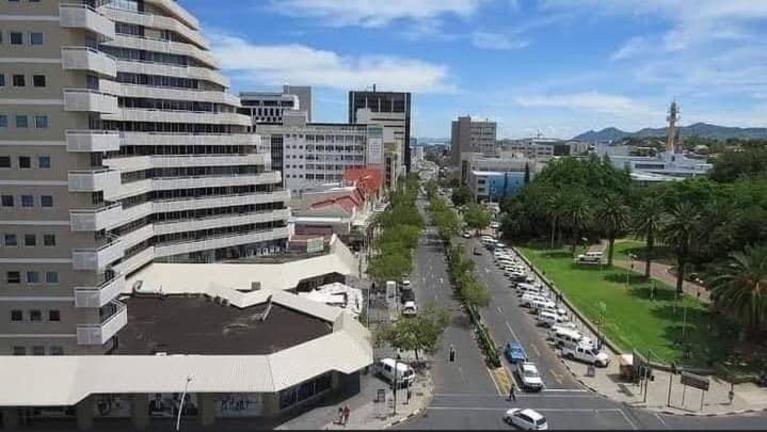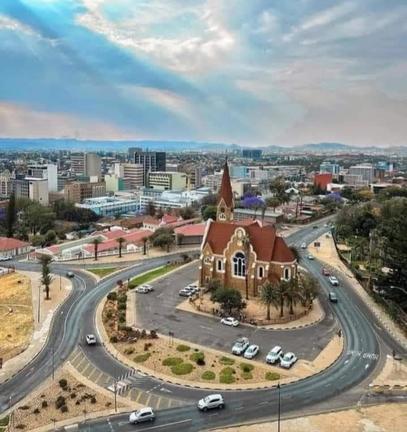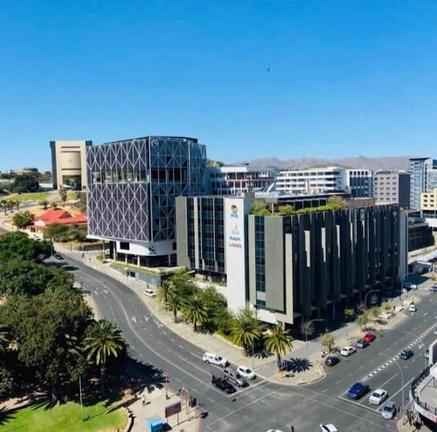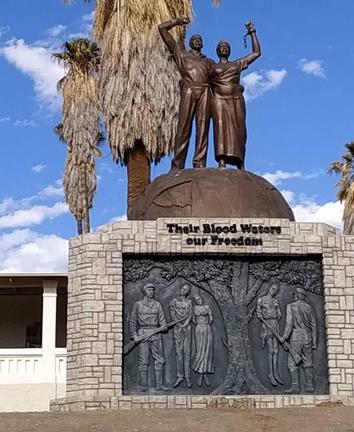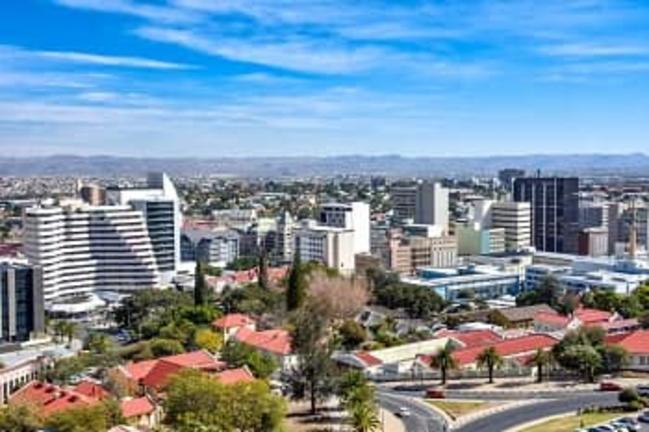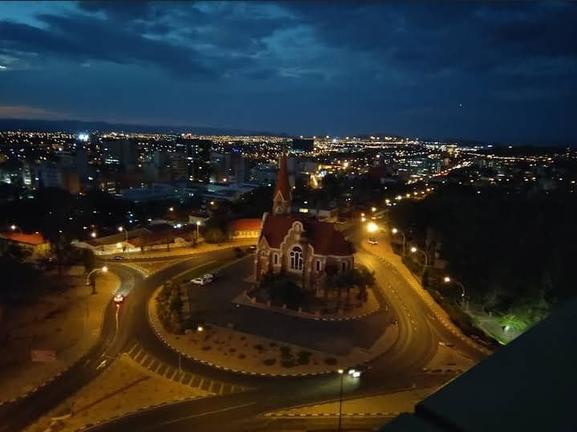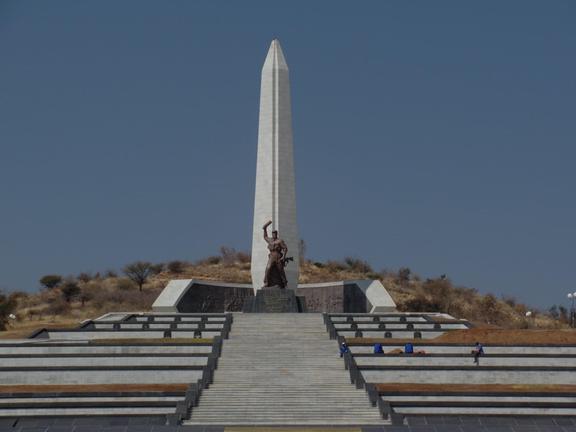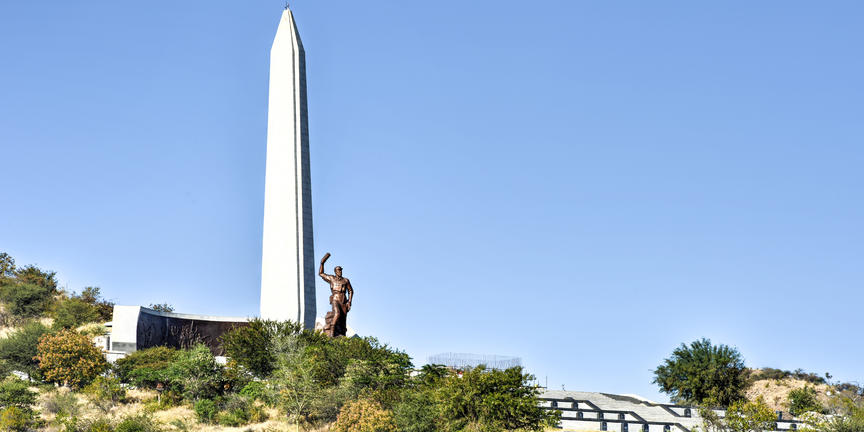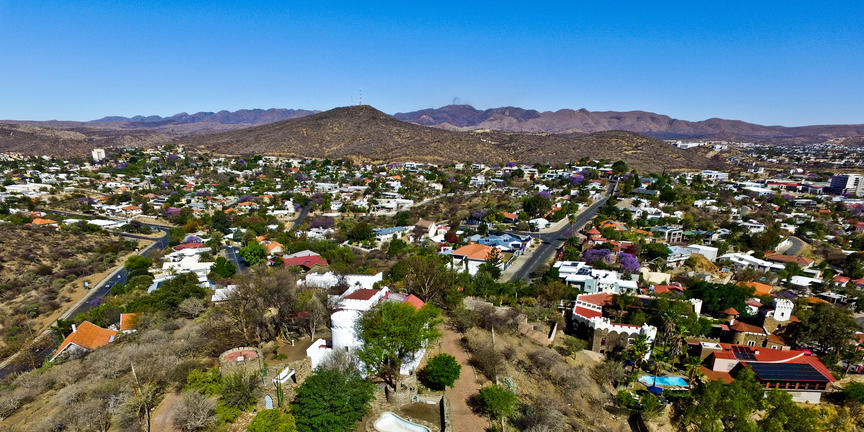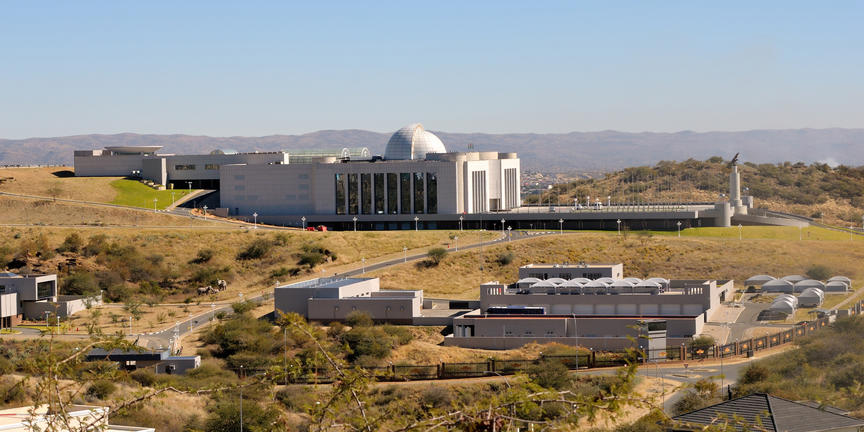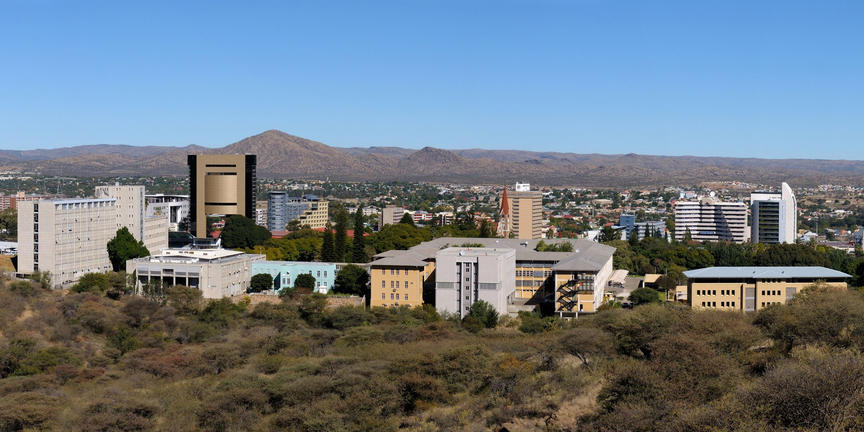Shopping tips
On Sundays, many shops are closed, therefore it is advisable to perhaps plan one’s shopping on a weekday.
Safari clothing is not only comfortable in Africa! For the best advice and selection visit Ernst Holtz,
Independence Avenue 129 (at the Avani Windhoek Hotel)
German newspapers and a wide selection of books: Bücherkeller, Independence Avenue
Leather goods: Leder Chic, Independence Avenue Next to the main Post Office
Arts and crafts: Namibia Craft Centre, Mandume Ndemufayo Avenue 40
Katutura - the other Windhoek
Translated, Katutura roughly means "the place we do not want to live". Situated 7 kilometres North-west of the town centre, Katutura is inhabited predominately by African people of various ethnic groups. During the apartheid period, a separate city with complete infrastructure including shopping centres, schools, churches, hospitals and recreation facilities was created here so that the inhabitants would not frequent Windhoek city.
Katutura Tours
These tours provide insight into the daily life of Windhoek townships. Most guides are residents of Katutura themselves with an extensive knowledge of the history and culture. Visits are made to the local markets and the Penduka Trust, where local women make beautiful handmade objects.
Exploring the city
Central Windhoek is a small and as such, is best explored on foot.
Curt of François Monument
On the corner of Sam Nujoma Drive and Independence Avenue is Town Hall. Standing in front is a monument of Windhoek’s founder, Curt of François. Designed by the South African artist Hennie Potgieter and financed by donations of the population, the statue was presented on the occasion of the 75th anniversary of the city on 18.10.1965. The Curt of François arrived in Walvis Bay in 1889 and began construction of the” Alten Feste” in Windhoek in 1890.
Christuskirche
This Windhoek landmark of Windhoek lies at the top of a hill on Robert Mugabe Avenue. The Christuskirche is the church of the Evangelical-Lutheran community, which was founded in 1896 by Pastor Siebe of the Rheinische Mission. The foundation was laid in 1907 and the building was completed and inaugurated in 1910. The architect was Regierungsbaumeister Redecker, who was born in Namibia (Otjimbingwe) long before the German colonial period in 1871. The Romanesque church was constructed essentially of quartz sandstone, which was mined close to the city. The entrance portal, however, was built of precious Carrara marble and the stained glass windows were a gift from Emperor Wilhelm II. 1923 the altar made from marble from Farm Gocheganas.
Independence Museum
This ultra - modern building is located in the heart of the historical centre of the city. The museum was scheduled to open on the 20th anniversary of Independence on 21 March 2010, but the date has been since then postponed numerous times and it is not clear when the museum will be open to the public.
Reiter-Denckmal
Re-located from its original site at what is now the Independence Museum, the monument stands in the inner courtyard of the Alte Feste Museum. The monument was unveiled on 27 January 1912 and commemorates the loss of German soldiers during the Herero uprisings.
Building of the National Assembly - Tintenpalast
Inaugurated in 1913, Tintenpalast (“Ink Palace”) was designed by the German government architect Gottlieb Redecker, who also designed the Christuskirche. At the time the public complained about what was then quite a remote location outside the city centre. A petition submitted in 1912 read: "The local administration, asked that the administrative building provided for in the budget, should please be located centrally.” The request was denied and the building was erected in its designated area. The beautiful public park surrounding Tintenpalast was created in 1930.
Statues at Tintenpalast
There are three statues in the park at Tintenpalast:
*Hosea Kutako, a Herero leader who played an essential role in the liberation struggle
*Hendrik Witbooi, a Nama chieftain who was part of the first resistance against the colonial administration
*Theophilus Hamuntubangela, a priest of the Ovambo, who participated in the Ovambo resistance.
Windhoek's castles
There are three castles to be seen in Windhoek. The “Schwerinsburg”, built in 1910, serves the Italian embassy; the “Heinitzburg” became a hotel with great views of the city and the “Sanderburg”, built in 1917, is now privately owned.
Independence Avenue
Lined with various skyscrapers, Independence Avenue is the main street and considered the centre of Windhoek. Along Independence Avenue various shops offer various products, including small local vendors selling arts and crafts. Further north, the Post Street Mall is marked by a clock tower and leads into a pedestrian zone boasting with many local traders The Post Street Mall ends at Wernhill Park Centre, which offers the convenience of modern day retails as well as cafes, bistros and a supermarket.
Kudu Monument
One of Windhoek’s most popular monuments on Independence Avenue was created in 1960 by Professor Fritz Behn. Over time, it became a sort of orientation point, as well as one of the city’s landmarks.
Heroes' Acre
The leaders of SWAPO, and above all, Sam Nujoma, are seen as Namibia’s modern day heroes. In honour of their fallen members, Heroes Acre was inaugurated in 2002. Circa 10 kilometres south of Windhoek, a 15 meter high obelisk is visible against the slopes of the mountains. An imposing set of stairs with its beginning marked by an eternal flame, leads up to the obelisk. Both sides of the statue are lined with 174 graves of national heroes and space for future burials.
Windhoek
Our Restaurant Tips:
Elegant top restaurants:
Leo’s at the Castle:
Located in the Hotel Heinitzburg, on Heinitzburg hill and provides fantastic views over the city of Windhoek. The atmosphere is timeless, elegant and classic. The kitchen is international and provides a wide variety of wines. Arrive early for a sundowner on the hotel’s terrace. An early reservation is strongly recommended to avoid disappointment.
Location: Heinitzburg Street
Tel: +264 (0)61 249597
NICE Restaurant:
Located in Windhoek West on the corner of Hosea Kutako Drive & Mozart Street, NICE, the Namibian Institute of Culinary Education, has gained renown with its’ training school for Namibian Chefs, making dreams come true for those Namibians coming from disadvantaged communities.
The atmosphere is modern, elegant und stylish. One can sit under the open sky or inside while enjoying a wonderful meal. The kitchen provides oriental and international meals, including – a Sushi Bar. An early reservation is strongly recommended.
Location: 2 Mozart Street, Ecke Hosea Kutako Drive
Tel: +264 (0)61 300710
http://www.nice.com.na/restaurant.htm
Stellenbosh Wine Bar and Bistro
This beautiful restaurant and bar is situated on a sprawling estate with beautiful views of the surrounds. The restaurant serves great wines from the area, as well as other beverages. The food is fine dining meets gourmet and the ever-changing seasonal menu will leave diners spoiled for choice
Location: Sam Nujoma Road in Klein Windhoek
Tel: +264 (0)61 809141
www.thestellenboschwinebar.com
Joe’s Beerhouse Restaurant
Joe’s Beerhouse Restaurant is a vintage “open air – Restaurant” with an Afrikaans vibe. Joe’s is loved by locals as well as visitors. With live Music and with a relaxed atmosphere, you can enjoy typical Namibian dishes, as well as an international kitchen and an ice cold beer to wash it all down with.
Location: 160 Nelson Mandela Avenue
Tel: +264 (0)61 232457
